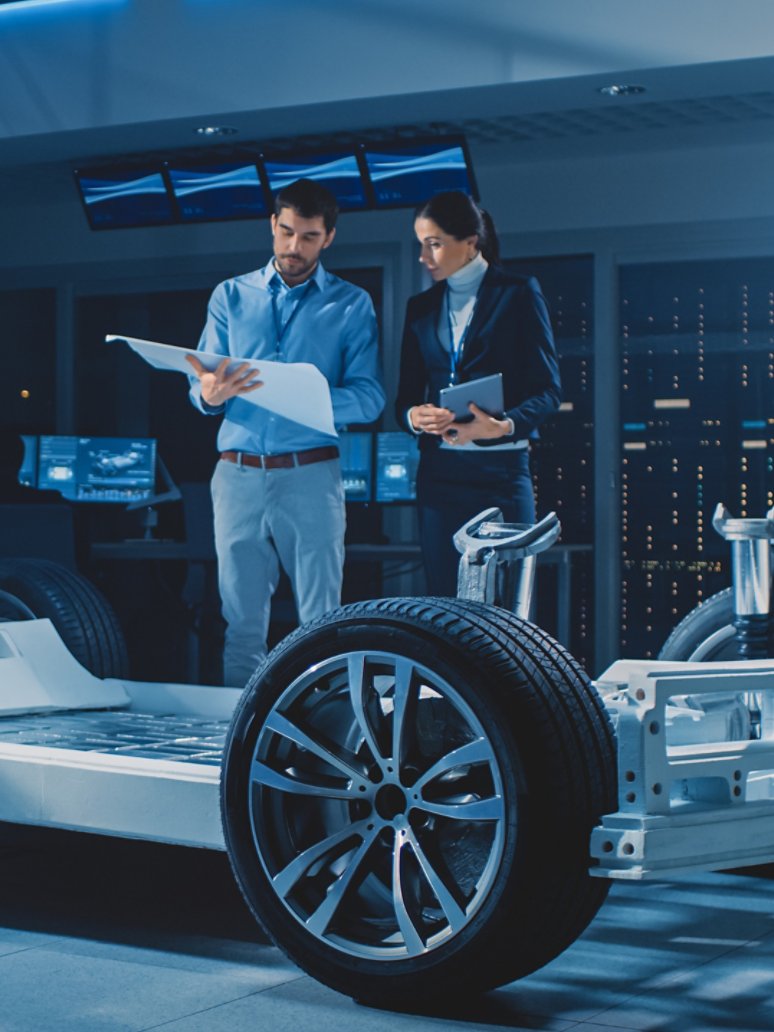
Autonomous vehicles (AVs) have the potential to redefine the future of transportation. They promise to reduce human error, increase mobility for those unable to drive and optimize traffic management. But can we trust these systems to operate safely?
Networks, artificial intelligence (AI), edge computing, and embedded cameras and sensors all play critical roles in the operation of driverless vehicles. Equally important is the physical infrastructure of roadways and traffic signals and their supporting IT systems. For example, AVs may not function safely when poor road marking or heavy weather compromises camera and sensor visibility.
To improve real-time decision-making in driverless vehicles, cameras, radar, LiDAR and GPS work together with machine learning algorithms to navigate complex environments. These advanced technologies help vehicles identify hazards, interpret traffic signs, protect pedestrians and respond to changing situations.
However, the complex world of AVs also introduces risks, so it is important to train AI models to avoid errors or biases that could lead to accidents. Fortunately, AI-driven simulations allow for extensive testing before the deployment of AVs.
“Machine learning models improve over time, learning from diverse scenarios to enhance accuracy and reliability,” said Srinivas Gowda, Vice President of Autonomous Driving at International Motors. “These systems also employ anomaly detection to identify and address unusual events, such as erratic driving by other vehicles or unexpected obstacles.”
Cyber resilience is critical
To guard against the potential perils of cyber disruptions, automakers, policymakers and technology leaders must approach AV safety with a shared vision. Driverless cars constantly exchange data with other vehicles, networks and physical infrastructure systems, so automakers and IT providers need to work together to anticipate and address evolving cybersecurity risks. AVs must be able to trust information from vehicle-to-everything (V2X) communications because safety depends on it.
The devastating results of cyberattacks on AV systems could include vehicle theft or hijacking, theft of personal data, theft of a manufacturer’s intellectual property, or traffic disruptions that could threaten essential services. Protecting autonomous vehicles and everything they are connected to from these threats is critical. Bheem Athanikar, Partner for U.S. Automotive and Manufacturing within Kyndryl Consult, said, “End-to-end encryption and robust firewalls are crucial to safeguarding these communication channels.”
The global autonomous vehicle market could hit $62 billion in 2026, up from $24 billion in 2021.
Source: Autonomous vehicles worldwide, Statista
Building trust in autonomous vehicles
High-profile accidents involving AVs have shaken public trust and highlighted the importance of transparency and accountability in the industry. “A constantly shifting political landscape is driving highly evolving regulatory and de-regulatory environments. Companies will need to continually keep up with it while not losing sight of their core missions and beliefs,” said Athanikar.
Maintaining clear communication about safety measures, testing protocols and regulatory compliance can help reassure the public about the technology.
“Real-world testing and simulations can help ensure data is precise and reliable and support the creation of a strong foundation of public trust in the technology,” said Gowda. “Also, autonomous vehicles must navigate regulatory complexities and adhere to varying laws across jurisdictions, often in real-time. One critical goal will be to develop a common standard across trade lines, states and jurisdictions to allow these vehicles to operate safely and seamlessly.”
Demonstrating that AV technology can reduce accidents and improve mobility will be essential to fostering public trust. That’s why manufacturers are testing driverless cars in controlled environments to showcase the benefits of AVs and refine their safety systems.
Collaboration is key for the road ahead
Strengthening AV safety will require collaboration across industries. Automakers, technology companies and governments must work together to tackle technical, ethical and regulatory challenges. Shared data platforms and clearly defined standards will help accelerate innovation and promote best practices, while partnerships among automakers and IT providers will help enhance cybersecurity defenses.
IT experts are playing pivotal roles in addressing the safety challenges of driverless cars, enabling the seamless integration of advanced technologies like cloud computing, edge processing and AI analytics. These technologies will help ensure autonomous systems are reliable and efficient. For example, AVs use edge computing processes to respond to real-time hazards while improving operational efficiency. And hybrid-cloud platforms allow ongoing updates to AI models, in-vehicle systems and applications.
Driverless vehicles have the potential to improve transportation access, safety and efficiency. By capitalizing on advanced technologies to enhance functionality and help address cybersecurity risks, vehicle manufacturers, IT providers and the public sector can co-create a future where driverless cars are both innovative and secure.


